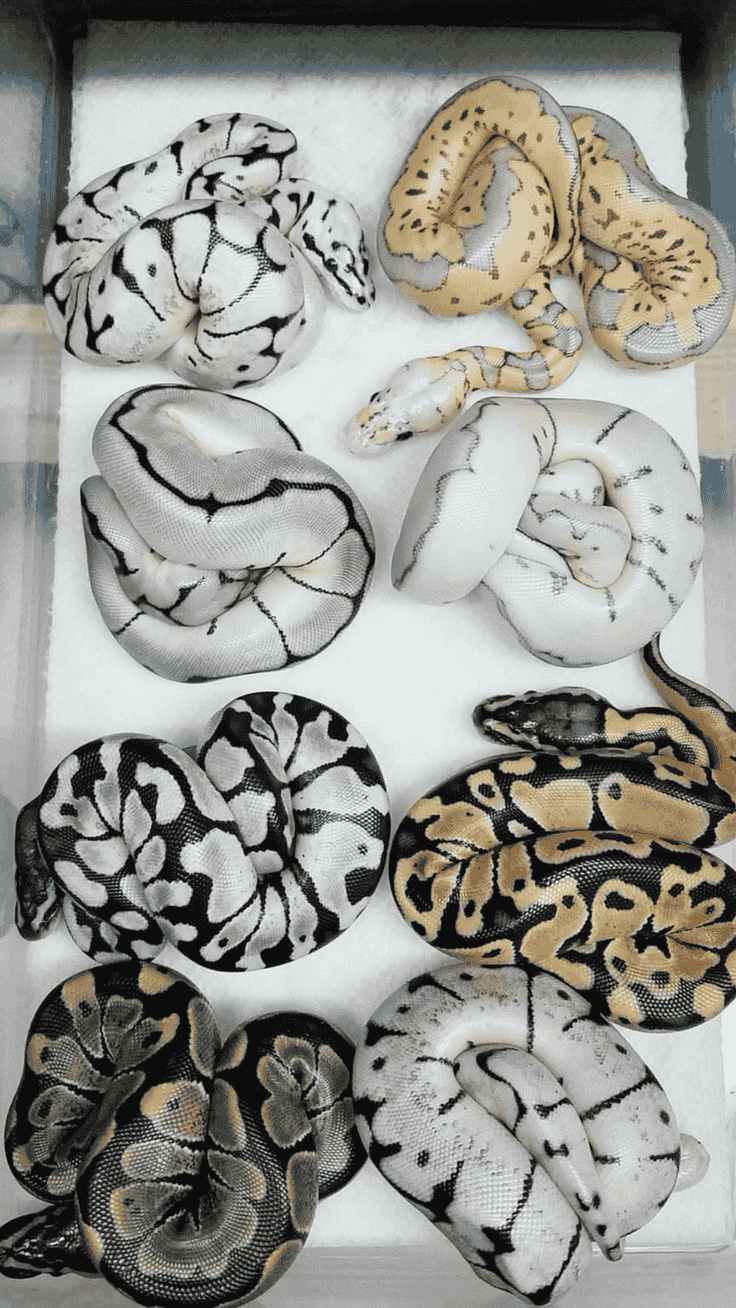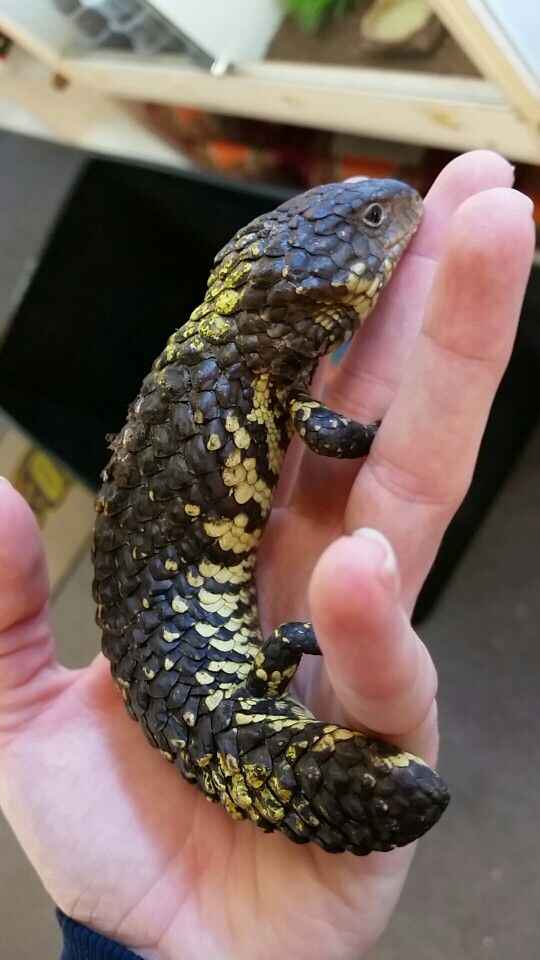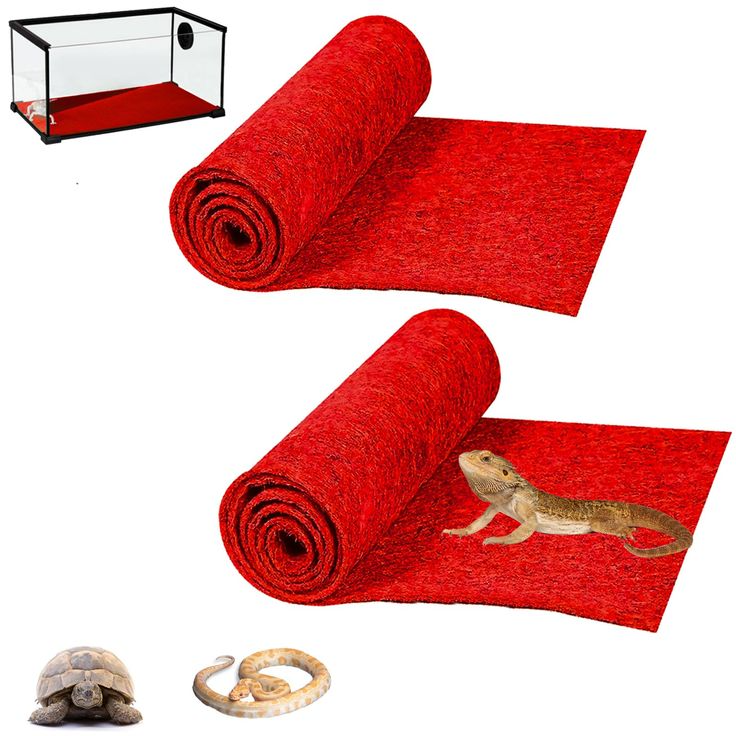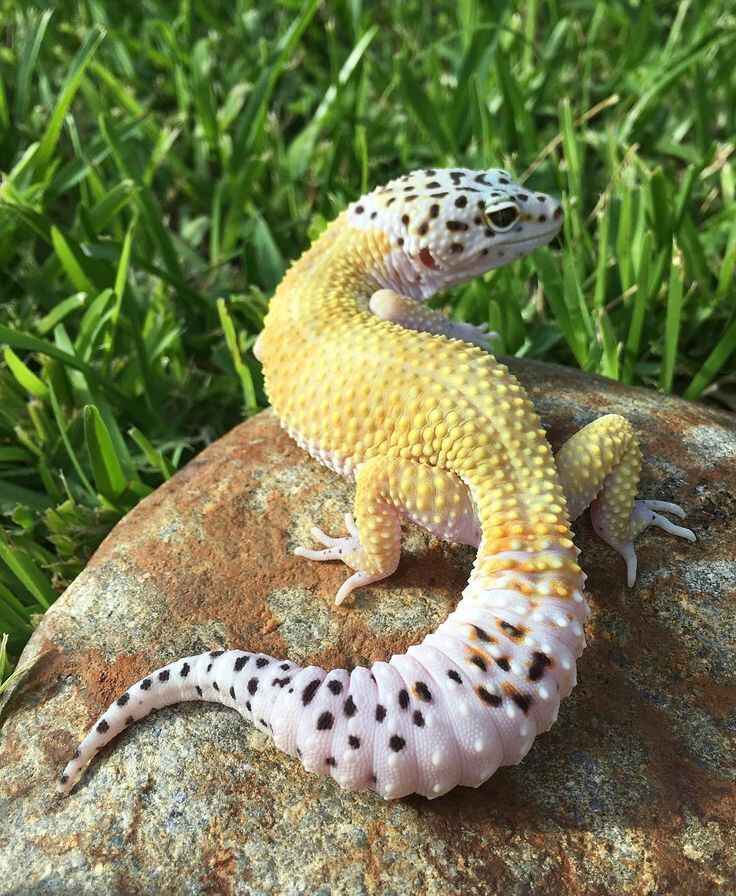Best Care Guide For Pet Snail
Although there are many different kinds of pet snail in the globe, the garden snail is the one that has gained the most traction as a pet snail.1. Giant African land snails were once another well-liked choice for those who enjoyed snails, but they are prohibited in the US because to the harm they pose to crops as invasive species.
However, garden snails are not as dangerous as their enormous cousins since they are considerably smaller and recommended as a pet snail. These little snails are unusual pet snails for people seeking something a little different, and they have made their way into the hearts and homes of pet lovers across the nation.

For More Details about parrots visit parrot breeds
Species Overview
Name Common: European Garden, land, and brown snails
Scientific name: Cornu aspersum
Adult Size: Height: 1 to 1.375 inches; shell diameter: 1 to 1.625 inches
Lifespan: Pets typically live two to three years, however, some have been known to live longer.
Behavior and Temperament of Snails
Quiet, slow, and inquisitive are the traits of snails. Their solitary foot, coated with mucus and epithelial cilia, is used for locomotion. The snail moves forward as its foot muscles contract. Although they can’t jump, they can get where they’re going by climbing up the side of a plant or tank. Because they are gentle and do not bite, snails are an excellent pet snail.
Managing
Snails are easy to care for overall, but they’re not very lovable pet snail. A pet snail should be handled carefully because handling them incorrectly might result in permanent or even fatal injury.
Even though a snail won’t complain, scratch, or bite if it is harmed, picking them up might easily cause accidental injury. It is never appropriate to pick up pet snail by their shell in order to avoid this inadvertent injury. Alternatively, you might let the snail climb onto your hand on its own will or place a popsicle stick or tongue depressor under its body gently.
As an alternative, some individuals would prod a pet snail until it withdraws into its shell, allowing the shell to pick it up as it is no longer adhered to anything. Picking up a snail by its shell if its foot is stuck to something could destroy the shell because the snail’s shell is attached to its body inside.
Size Information
The majority of land snails, or garden snails, have shells no bigger than two inches, but there are many of varieties, and some can reach considerably higher sizes. The largest variety of snail is the enormous African land snail, Lissachatina fulica (previously Achatina fulica), which grows to a length of around 6 inches. However, it is forbidden to keep these snails as pets. Angustopila psammion, the tiniest land pet snail, is as small as a ballpoint pen’s tip.
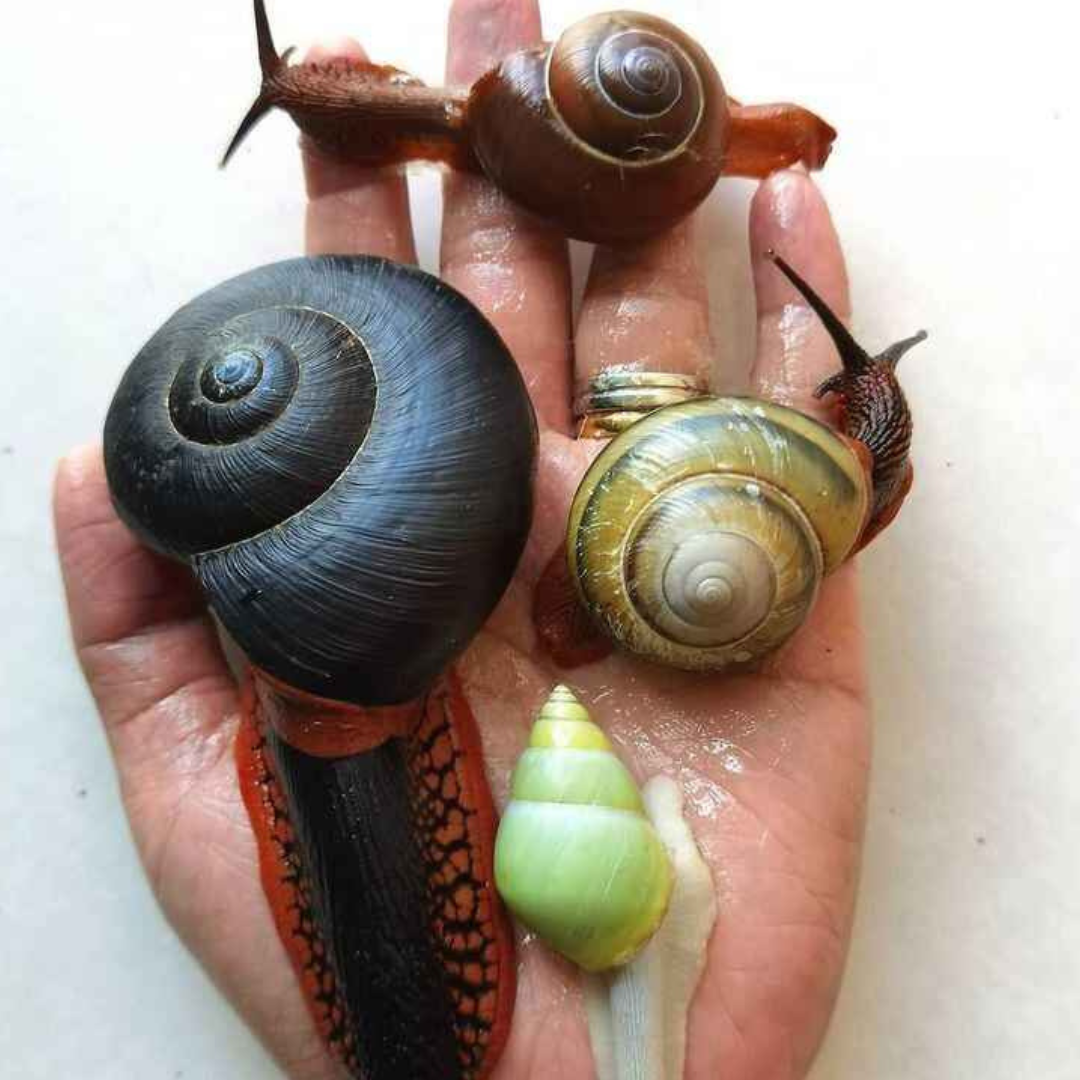
living
A glass tank, plastic fish tank, or terrarium is the perfect home for a pet snail. This will give your snail a safer place to crawl about and enhance the amount of surface area it can climb. Terrariums and aquariums not only help to contain bedding and retain moisture, but they are also easy to maintain and clean when necessary.
Evaluate the amount of humidity in your enclosure with a hygrometer to see whether it needs to be changed in order to meet the requirements of each species. If you want your snail to bathe, you can add a small, shallow dish of water to the enclosure to create humidity. Finally, provide your snail with a little residence so it can hide in a silent place.
Unique Surface Requirements
A few inches of natural substrate, such as potting soil, coconut fiber, compost, or other bedding that resembles dirt, is ideal for snails. Make sure the bedding you purchase is devoid of fertilizers, and if the packaging indicates a pH, go for a pH of seven or above. Some substrates are a nice addition on top of bedding and help keep the enclosure damp. One such substrate is sphagnum moss. Lastly, you may help eliminate any little pests that could be dwelling in your pet snail enclosure by freezing the soil before adding it.
Which Foods and Beverages Do Snails Consume?
Garden snails are omnivores, meaning they solely eat plants. Give your snails a cuttlebone and a range of fruits and vegetables to help them with their shells by providing calcium. Extra calcium options for your pet snail are finely powdered egg shells or oyster shells sprinkled over vegetables. Feed your snail lettuce on a rotating basis along with other readily accessible vegetables such as bananas, strawberries, apples, cucumbers, broccoli, carrots, and so on, but make sure none of it contains pesticides.
Snails also need a small amount of protein in their food; certain pre-made products can be found online. Additional sources of protein include dried mealworms, bloodworms, and fish flakes.
Typical Health Issues
Even if they don’t visit the vet regularly, snails might still have health issues. Improper care leading to a collapsed mantle is a major issue that frequently affects snails. A calcium deficit can also result in the shell softening and poor growth. Broken shells, profound retraction (where your snail’s foot is no longer visible), and mouth discharge from eating something uncomfortable are possible health issues.
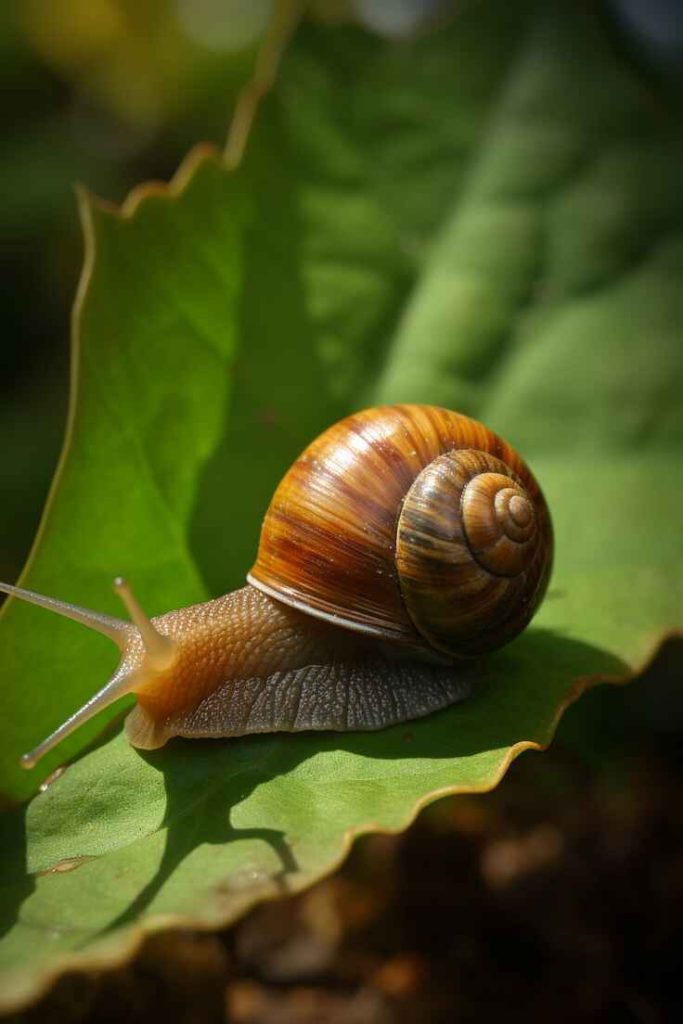
Expense of Management
Taking care of snails is not very expensive. The only things a snail needs are new food and periodic substrate modifications. There aren’t any more constant costs. After you put up its aquarium, all you have to do is keep your snail clean and fed. By eating the waste that their snails make from their food, some owners ask small crawling insects like woodlice or isopods to help clean the environment surrounding their snails.
Buying or Finding Your Snail
Although there are other locations to buy a snail, many individuals who choose to keep a pet snail find their new companion outside in the garden or under a log (check your state regulations to determine if the kind of snail is legal to acquire from the wild). A variety of pet snail species, such as Cornu aspersum , are available for purchase from a number of websites and breeders. These snails will set you back at least $10 plus shipping. Finding a land snail outside is usually your best bet, as most large chain stores only carry aquatic snails. However, certain pet stores may carry land snails.

